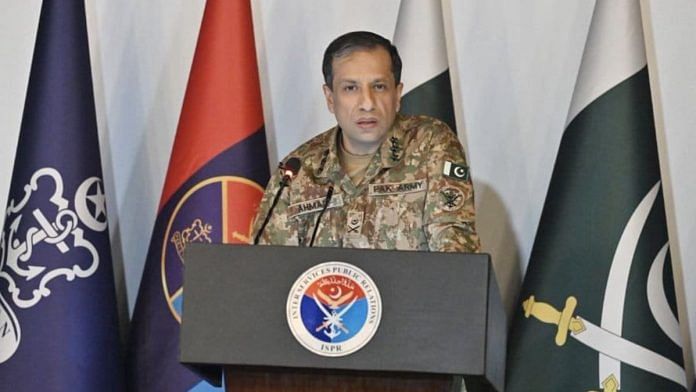Once unchallengeable lines were quickly brushed aside in the first wave of India’s targeted attacks across western Punjab and Pakistan occupied Kashmir (PoK), but certain parameters remained intact. For instance, military targets were specifically avoided. Only publicly linked infrastructure of internationally proscribed terrorists was in the cross-hairs of India’s weaponry. Damage was obvious as acknowledged by the terrorist groups themselves.
The overgrown desert village, now township, of Rahim Yar Khan, was targeted as it is certain that the drones that harassed Jaisalmer on the night of 8-9 May were launched from there. Which is probably how India is selecting its range of military targets – those that serve as launch pads for drones or other attack platforms targeting Indian assets.
The logic behind selecting on the first night gets extended to conventional military assets as well, culpable guilt being sufficient grounds for retribution. Thus, new lines are being created on a daily, nightly, basis. And the duration is seriously unknown.
India has targeting a number of Pakistani military airbases, as well as highlighting the extent of air attacks from across the boundary and LoC. Pakistan has also, expectedly, given its story of victimhood and response.
The script is not unfamiliar to long term observers of the India-Pakistan scene. Although the acceptable lines have long since been buried under the debris of munitions and military operations. India upped the ante with its attacks and has since then responded to Pakistani retaliatory actions in a calibrated manner – from the targets to the words selected.
The end lines remain the same, thus far. Foreign Secretary Vikram Misri has reaffirmed India’s commitment to not desiring any escalation. But remaining prepared to reciprocate with equal, if not more, force is the issue thrust on New Delhi without an option. And by all measures, Islamabad continues to believe it can force its will on India, completely unmindful of the past record of military conflicts between the two countries. Every once in a while, a Pakistani Chief of the Army Staff comes along, who believes he has the secret formula to success where his predecessors failed.
The major difference this time, however, is that General Syed Asim Munir Ahmed Shah is the first Punjabi to head the Pakistan Army while it has joined arms against India. All the previous army chiefs who led their country into conflict with India were non-Punjabi – a major sociological barrier for a military that is overwhelmingly regional centric, and palpably district focused. So, the seminary educated Gen Asim Munir, whose roots are in India’s Jalandhar, has the required dialect for local consumption – even if he is vastly separated from the global order of things. Dialectics can be given a toss when it comes to understanding him.
This is not to say efforts should not be made, for the stakes are high. And as things appear, it could get higher on a daily basis. Even as India and Pakistan exchange lead and bullets regularly, a window must remain open to bring sense on the table. Expecting Western powers to rush in and separate the two is a bit of a pipe dream, especially since they’re occupied with their own interests. They’re also watching the performance of Western armaments against Chinese ones, with the , whose origins are in Israeli technology, of particular interest.
(Edited by Zoya Bhatti)








